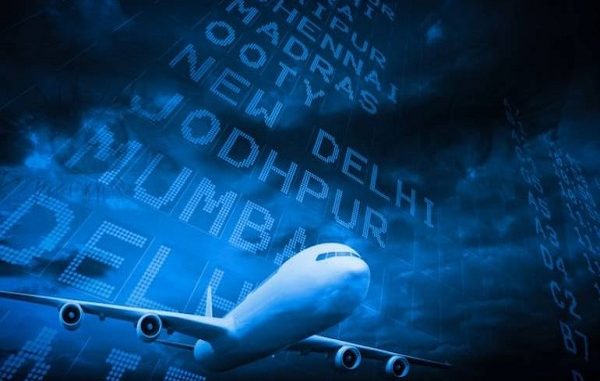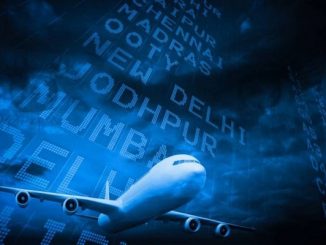
Feb 02: India has witnessed a double-digit Compound Annual Growth Rate (CAGR) of 14.5% in terms of domestic passenger traffic during the period 2014-15 to 2019-20. During 2020-21 and 2021-22, there was a dip in domestic air traffic due to the impact of the Covid-19 pandemic. Domestic air traffic has again picked up pace during the current financial year i.e. 2022-23 and is expected to reach around 97% of the pre-covid level.
The Government is proactively supporting the aviation sector by providing a stable policy environment and incentivising competition-led growth. In 2016, the Government released the National Civil Aviation Policy (NCAP 2016), which laid out the vision, mission and key objectives for the sector. The Government announced new MRO guidelines on 1st September 2021 with a view to creating a congenial atmosphere in the country for the development of the MRO industry for aircraft/ helicopters/ drones and their engines and other parts. These guidelines inter-alia provide for the allotment of land at AAI airports through the call of open tenders without levy of any royalty or cess of whatsoever nature to MRO operators. Similarly, liberalised Flying Training Organisation (FTO) guidelines have been approved wherein the concept of airport royalty (revenue share payment by FTOs to AAI) has been abolished and land rentals have been significantly rationalised to encourage setting up of FTOs to address the shortage of pilots in the country. The Government has also formulated Helicopter Operation Policy to encourage helicopter operations creating demand and growth.
The Government has approved the ‘Revival of unserved and under-served airports’ scheme for the revival and development of 100 unserved and under-served airports. Helipad and Water Aerodromes by 2024. As of 27.01.2023, after four rounds of bidding under UDAN, 459 routes have commenced, operationalizing 72 Airports including 2 Water Aerodrome &9 Heliports. Under the scheme, Kolhapur, Solapur, Ozar (Nasik), Amravati, Sindhudurg and Ratnagiri, airports in the State of Maharashtra have been identified for revival/development. Development/Upgradation of Airports at Ratnagiri and Solapur depends upon the fulfilment of land availability, removal of obstacles, regulatory compliances, etc. Amravati Airport is being developed by the State Government.
KrishiUdan 2.0 focuses on transporting perishable food products from hilly areas, northeastern states and tribal areas. A Total of 58 airports in the NER, Hilly Tribal Region & Islands and Other areas have been identified to incentivize the movement of Air Cargo. Nasik and Pune Airports are covered under the KrishiUdan Scheme in the State of Maharashtra.
In order to boost the aviation infrastructure, the Airports Authority of India (AAI) and other airport developers have taken up the development of new and existing airports with a projected capital expenditure of approximately Rs 98,000 crore in the next five years for expansion and modification of existing terminals, new terminals and strengthening of runways, among other activities. Under Greenfield Airport Policy, 2008 of the Government, ‘in-principle approval has been accorded for setting up of 21 Greenfield airports across the country including Navi Mumbai, Shirdi and Sindhudurg in Maharashtra. So far, ten Greenfield airports have already been operationalized.
The upgradation/ modernisation of brownfield airports, including those in Maharashtra, is a continuous process and is undertaken by the Airports Authority of India (AAI) and other airport operators from time to time depending on the availability of land, commercial viability, socio-economic considerations, traffic demand/willingness of airlines to operate to/from such airports etc. AAI has undertaken the construction of residential quarters at Juhu Airport, the construction of a New Domestic Terminal Building, ATC tower cum Technical Block cum Fire Station and associated work at Kolhapur Airport and the construction of a New Integrated Terminal Building & associated works at Pune Airport.
Disclaimer: We donot claim that the images used as part of the news published are always owned by us. From time to time, we use images sourced as part of news or any related images or representations. Kindly take a look at our image usage policy on how we select the image that are used as part of the news.
